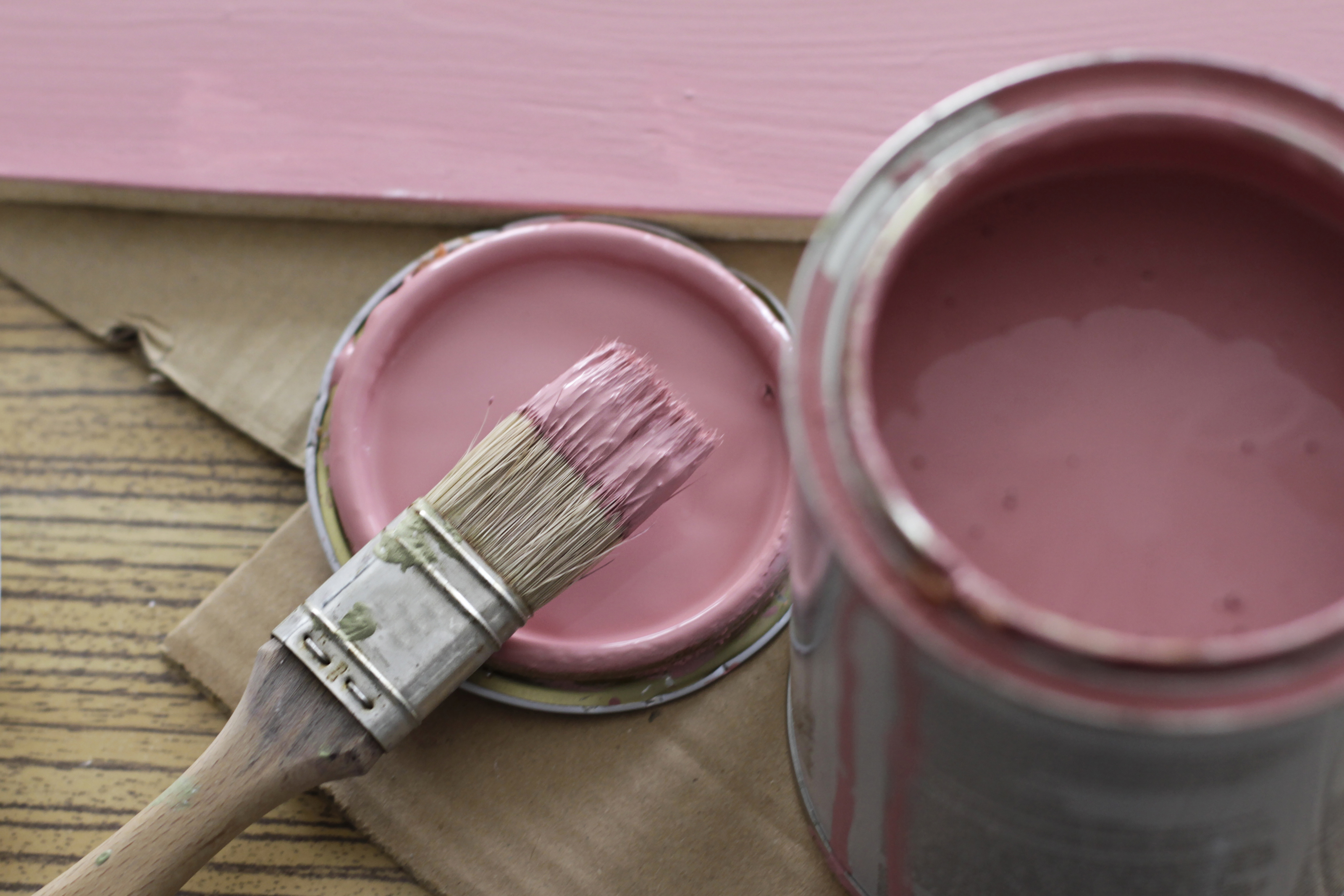Satin Vs Gloss: Which is Best for Your Painting Project?
Can't decide between satin vs gloss? We give you a breakdown of the fundamental differences to help you make a choice

If you find yourself debating satin vs gloss in the paint aisle of your local DIY store, you're not alone in having trouble deciding between these two painted finishes.
Gloss and satin paints are both common choices for finishing doors, windows, skirting boards and any other wooden trim, as well as, in some instances, for painting a wall. Both are hard-wearing, durable, washable and give great contrast to walls. So which do you choose?
Personal preference is a big factor but living arrangements and age of your home can play a big part as well. Check out our quick guide to get up to speed on how satin and gloss could work for you.
What's the Difference Between Satin vs Gloss?
The big difference between gloss vs satin is the finish. Gloss has a higher sheen, also sometimes called lustre, than satin which means that it has a higher reflective level, commonly twice as high as satin.
While neither hides imperfections, a gloss surface reflects more light which means it will highlight flaws more than a satin finish.
Which is More Durable, Satin or Gloss?
A gloss paint is typically more robust and durable than a satin paint, but a poorly prepped gloss finish is not as good as a well-prepped satin finish.
Both paints can withstand the odd scuff or mark but gloss is less likely to retain them. This makes gloss a better proposition in high traffic areas like hallways and stairs and especially good for painting skirting boards. It's ideal if you have pets or kids that are constantly brushing past or grabbing doors or door frames.
Which is Easier to Clean, Satin or Gloss?
Both paints are washable but the best gloss paints can be washed more often without comprising the finish. The shiny finish of gloss is generally easier to clean and you can be a little more robust when cleaning gloss.
For most marks on gloss you can use a kitchen sponge/scourer and warm soapy water. If you have a stubborn mark you can use the abrasive side - and a little elbow grease — to get rid of the mark. On satin finishes use the sponge rather than the abrasive side.
If you have a stubborn stain, persist with the sponge. Using the abrasive side will affect a satin finish more than gloss.
Which is Easier to Apply?
Arguably there is very little difference between satin and gloss when it comes to how to paint a room with them. Both have a similar consistency and spread well, but gloss is typically more difficult to get a good, smooth finish.
But it will also depend very much on whether you are using a water or oil-based paint and the brand. And as a general rule cheaper paints are not as good as more expensive paints.
Does Satin or Gloss Look Better?
Which looks better is very subjective, some people love a high gloss while others like something more subtle. While the choice is always yours, you need to think about what you are painting and how it works in the room you're decorating.
There’s a trend for matt or flat colours on walls and satin woodwork for those looking for a contemporary look. While older homes with period features like to use more traditional choices like gloss especially on wood work.
Where do you Use Gloss vs Satin Paint?
Typically gloss and satin are finishes for wood such as doors, windows, skirting boards, trim and furniture, but they are not exclusive to these choices.
There’s a trend for painting a ceiling and walls with gloss — more so than satin. These create cool-looking highly reflective almost mirror-like surfaces that are also easy to clean.
Get the Homebuilding & Renovating Newsletter
Bring your dream home to life with expert advice, how to guides and design inspiration. Sign up for our newsletter and get two free tickets to a Homebuilding & Renovating Show near you.
Steve Jenkins is a freelance content creator with over two decades of experience working in digital and print and was previously the DIY content editor for Homebuilding & Renovating.
He is a keen DIYer with over 20 years of experience in transforming and renovating the many homes he has lived in. He specialises in painting and decorating, but has a wide range of skills gleaned from working in the building trade for around 10 years and spending time at night school learning how to plaster and plumb.
He has fitted kitchens, tiled bathrooms and kitchens, laid many floors, built partition walls, plastered walls, plumbed in bathrooms, worked on loft conversions and much more. And when he's not sure how to tackle a DIY project he has a wide network of friends – including plumbers, gas engineers, tilers, carpenters, painters and decorators, electricians and builders – in the trade to call upon.

